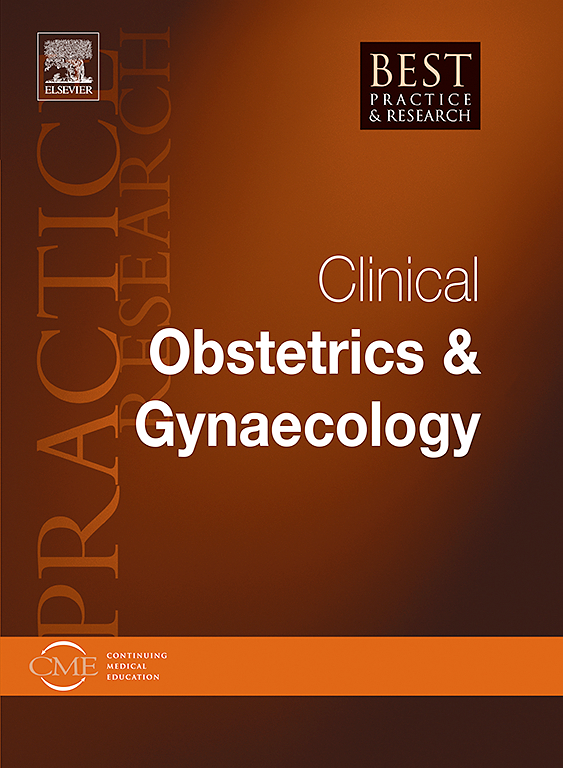评估患有癌症的儿童、青少年和年轻成人卵巢毒性的现有和新出现的数据来源
IF 4.1
2区 医学
Q1 OBSTETRICS & GYNECOLOGY
Best Practice & Research Clinical Obstetrics & Gynaecology
Pub Date : 2025-07-18
DOI:10.1016/j.bpobgyn.2025.102640
引用次数: 0
摘要
每20例癌症中就有1例发生在儿童、青少年和年轻人身上,一些治疗会导致不孕或卵巢功能不全。癌症幸存者和临床医生试图估计生殖风险,以指导生育保护和治疗后卵巢健康管理。现有数据更多地关注闭经和卵巢储备标志物等替代结果,而不是卵巢功能不全等临床结果。癌症相关不孕评分预测器(CRISP)等工具和FDA推荐的数据源,包括FDA不良事件报告系统,为已知的卵巢毒性风险提供指导。然而,许多新的和当前的癌症治疗缺乏全面的数据。新兴的策略包括使用与实验室结果相关联的真实管理数据来估计风险,大型语言模型来简化系统评价,要求在新药试验中提供卵巢毒性数据的监管指导,以及用于测试的离体卵巢模型。本综述强调需要改进方法和一致的评估,以支持年轻癌症幸存者的生殖健康。本文章由计算机程序翻译,如有差异,请以英文原文为准。
Current and emerging data sources for assessment of ovarian toxicity in children, adolescents and young adults with cancer
One in 20 cancers occurs in children, adolescents, and young adults, with some treatments leading to infertility or premature ovarian insufficiency. Cancer survivors and clinicians seek to estimate reproductive risks to guide fertility preservation and manage ovarian health post-treatment. Available data focus more on surrogate outcomes like amenorrhea and ovarian reserve markers than clinical outcomes such as ovarian insufficiency. Tools like the Cancer-Related Infertility Score Predictor (CRISP) and FDA-recommended data sources, including the FDA Adverse Event Reporting System, provide guidance on known ovarian toxicity risks. However, many novel and current cancer treatments lack comprehensive data. Emerging strategies include using real-world administrative data linked with lab results to estimate risks, large language models to streamline systematic reviews, regulatory guidance requiring ovarian toxicity data in new drug trials, and ex vivo ovary models for testing. This review highlights the need for improved methods and consistent assessment to support the reproductive health of young cancer survivors.
求助全文
通过发布文献求助,成功后即可免费获取论文全文。
去求助
来源期刊
CiteScore
9.40
自引率
1.80%
发文量
113
审稿时长
54 days
期刊介绍:
In practical paperback format, each 200 page topic-based issue of Best Practice & Research Clinical Obstetrics & Gynaecology will provide a comprehensive review of current clinical practice and thinking within the specialties of obstetrics and gynaecology.
All chapters take the form of practical, evidence-based reviews that seek to address key clinical issues of diagnosis, treatment and patient management.
Each issue follows a problem-orientated approach that focuses on the key questions to be addressed, clearly defining what is known and not known. Management will be described in practical terms so that it can be applied to the individual patient.

 求助内容:
求助内容: 应助结果提醒方式:
应助结果提醒方式:


